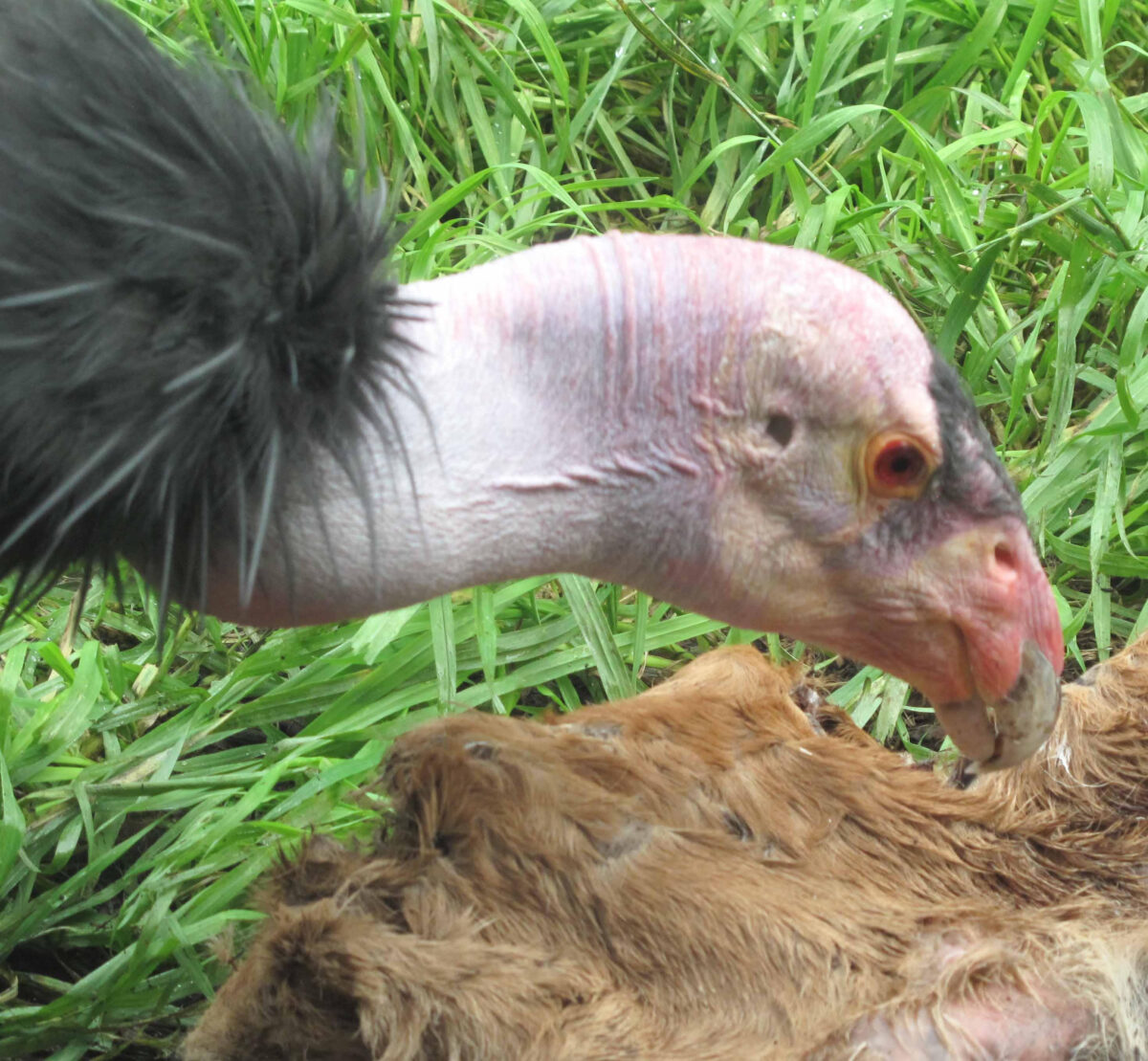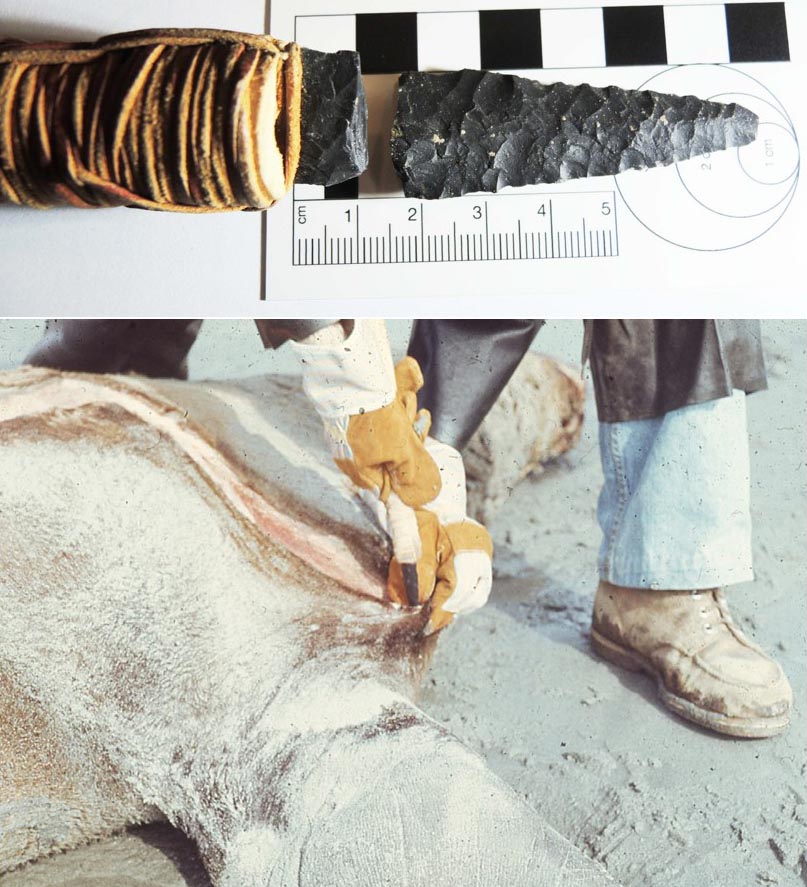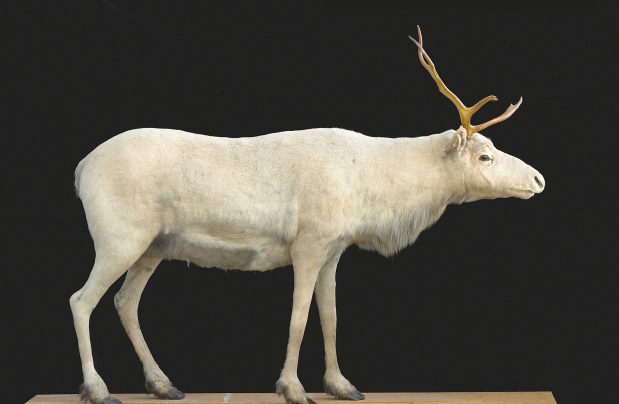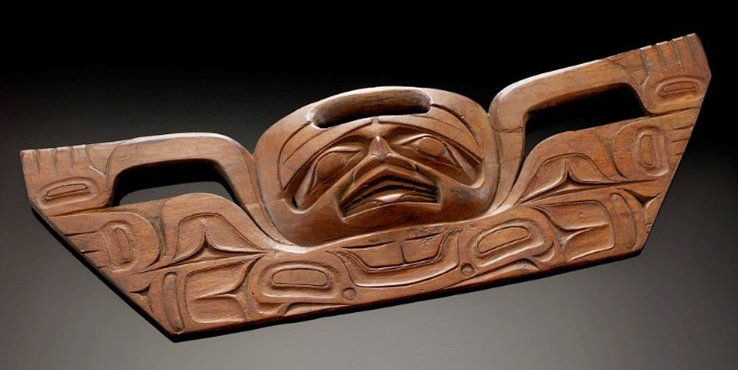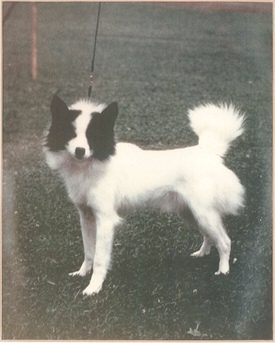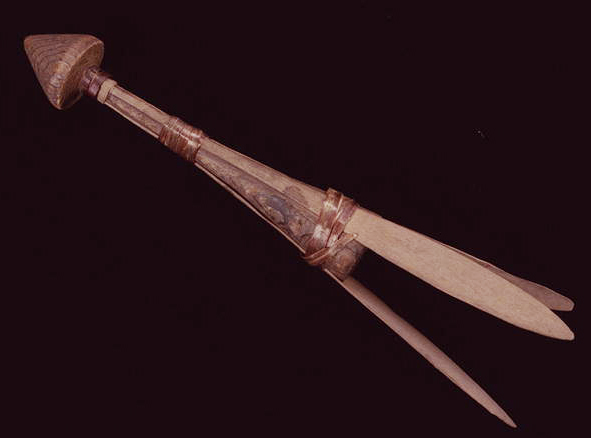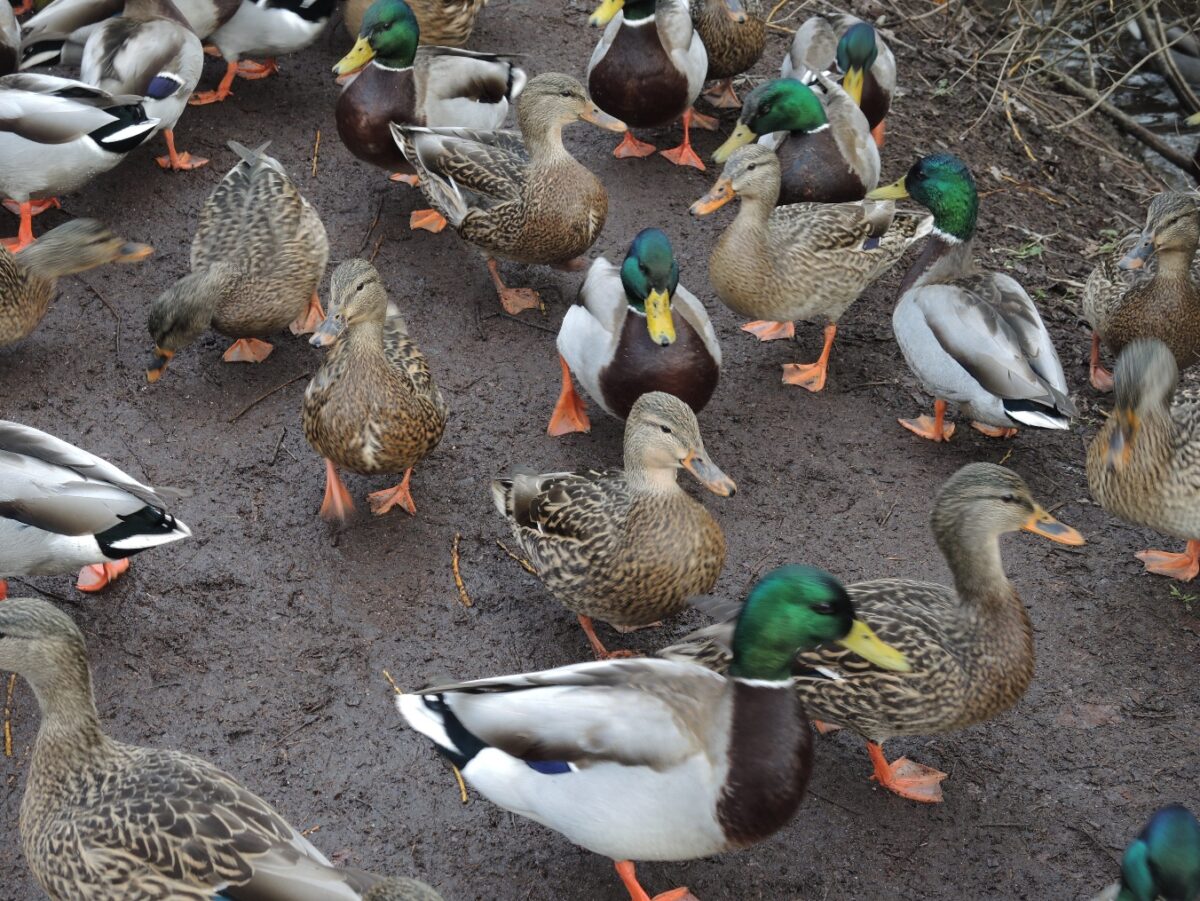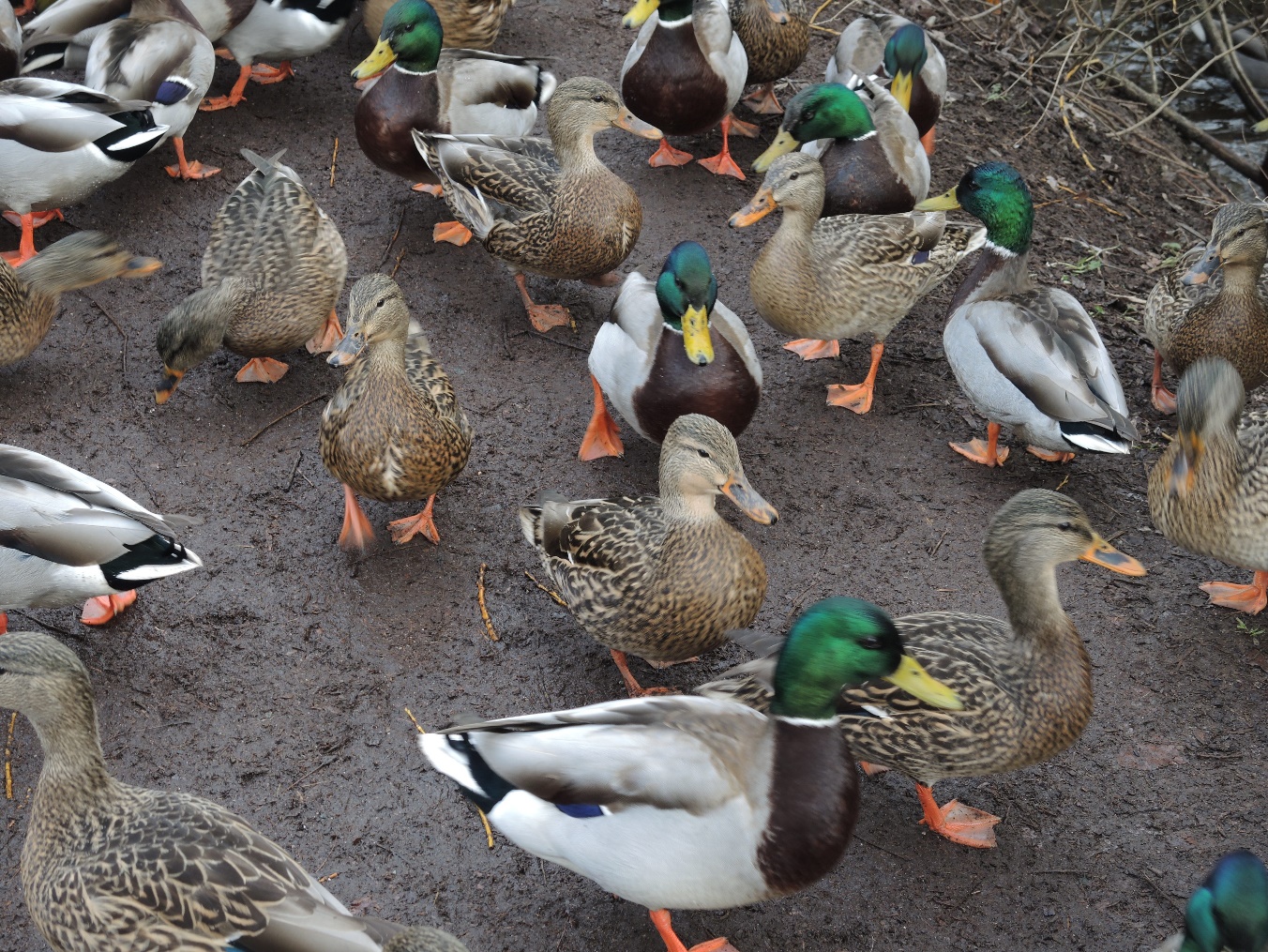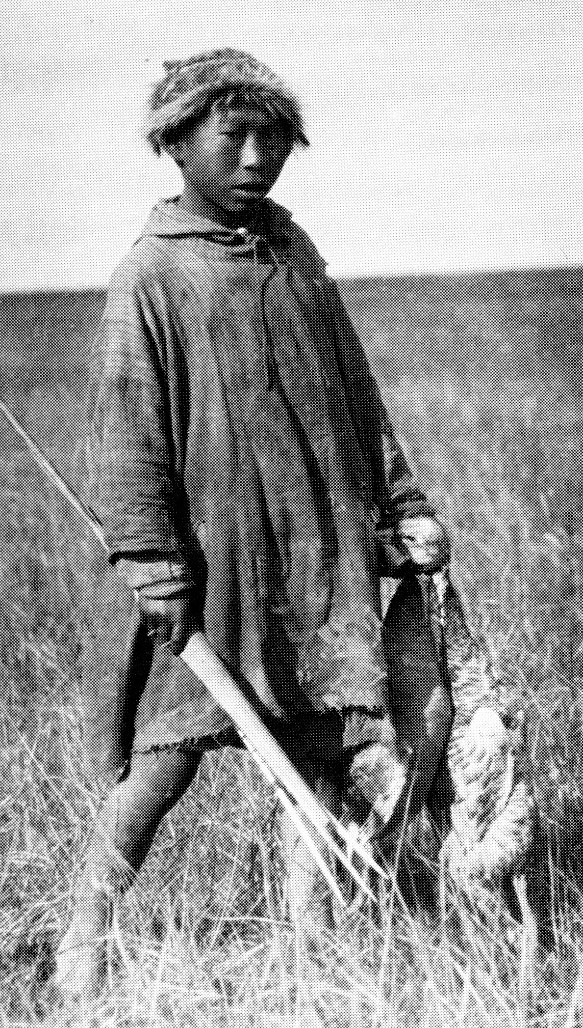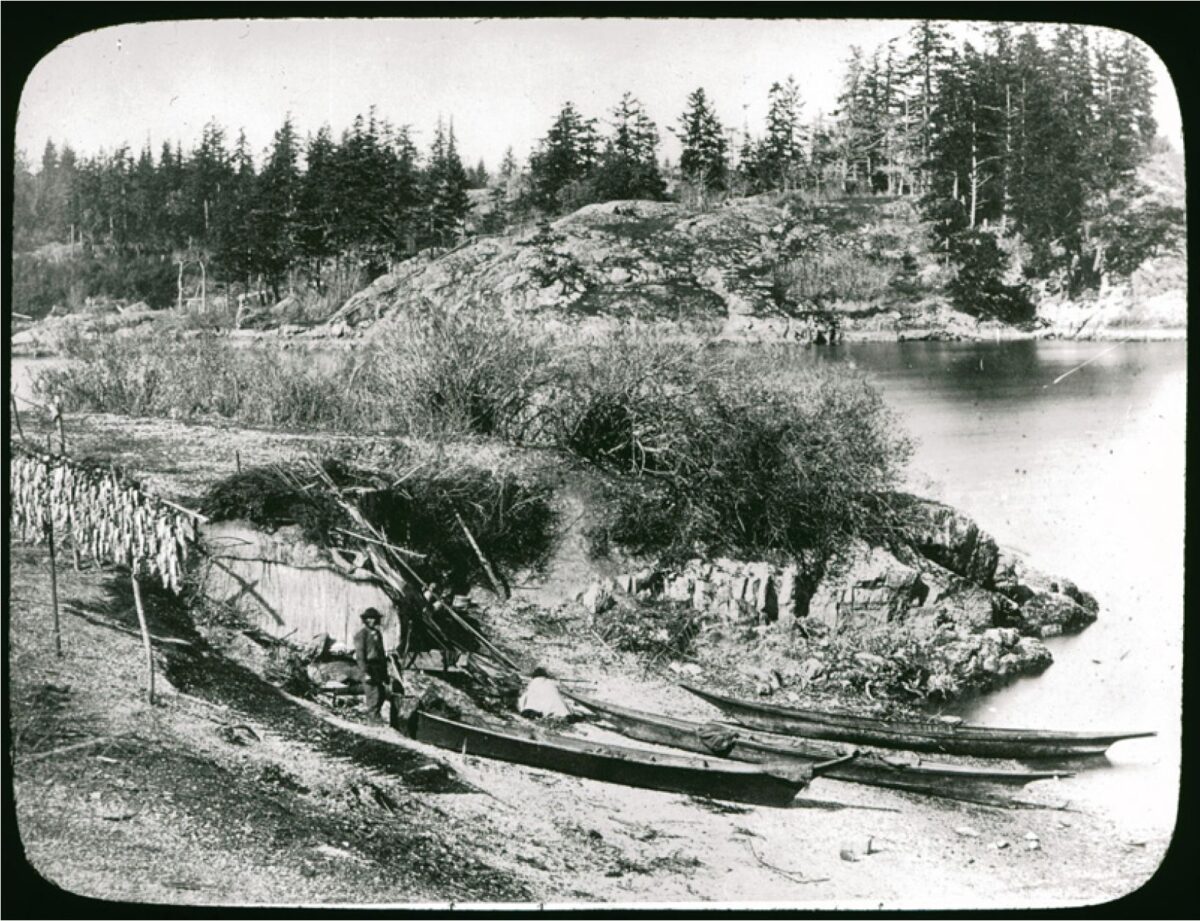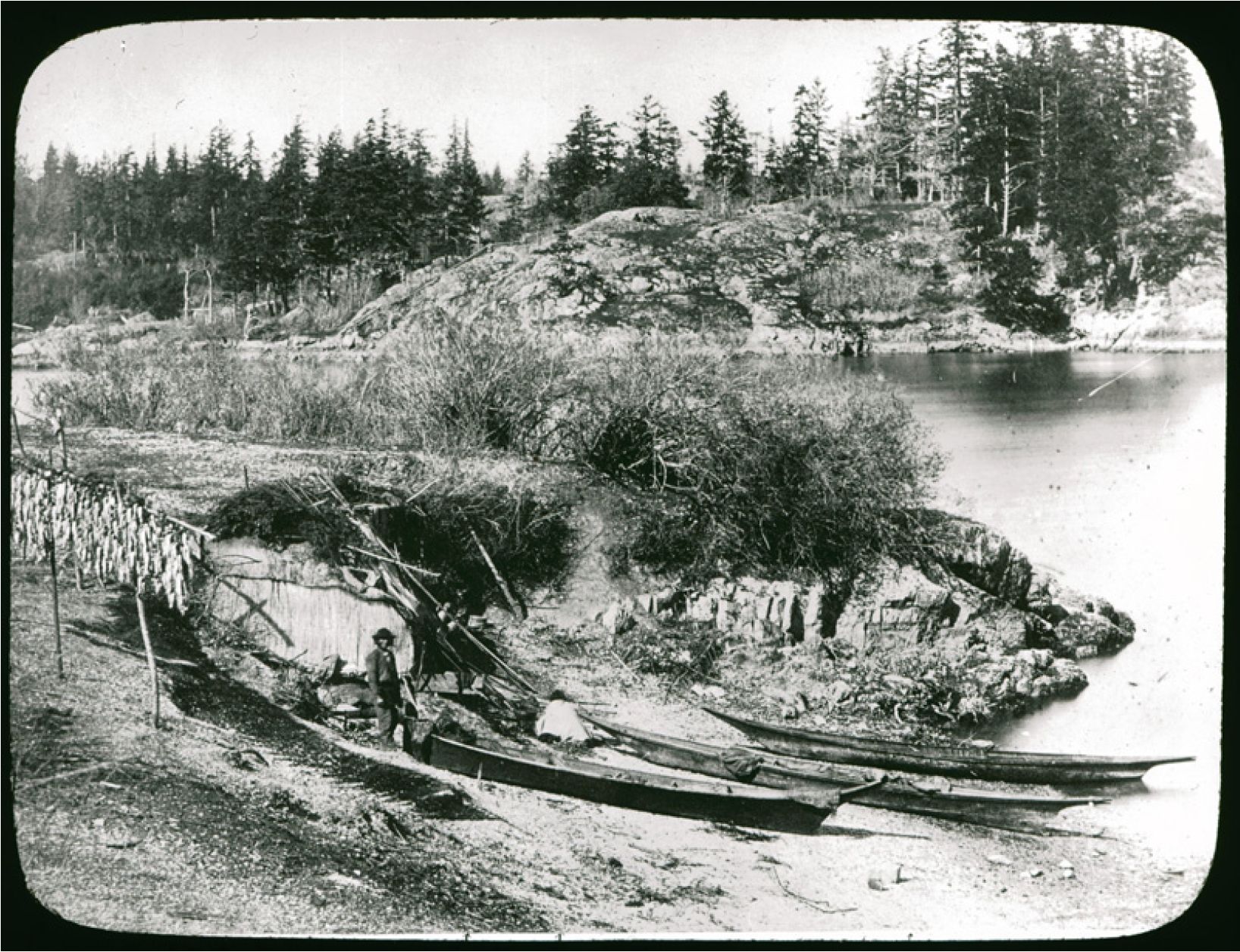
In 1969, I was part of the Simon Fraser Universities first Archaeological field school camped in the remote Kwatna Inlet. As I read every word of both volumes of Thomas McIlwrath’s classic study of the Nuxalk people of the Bella Coola Region (McIlwraith 1948), I wondered if those large birds mentioned in the mythology could be based on earlier occurrences of the California Condor or even an earlier relative of the Condor. I knew a few Condors had been sighted in British Columbia in the late 19th century (Fannin 1891; Rhodes 1893), but some biologists had suggested that these were extremely rare migrants from the south. At that time, no Condor bones had been found in British Columbia. But this … Continue reading “California Condor in British Columbia”
